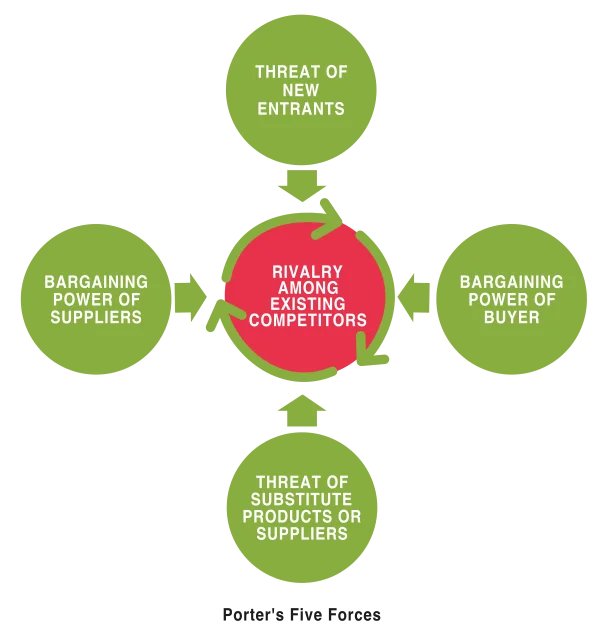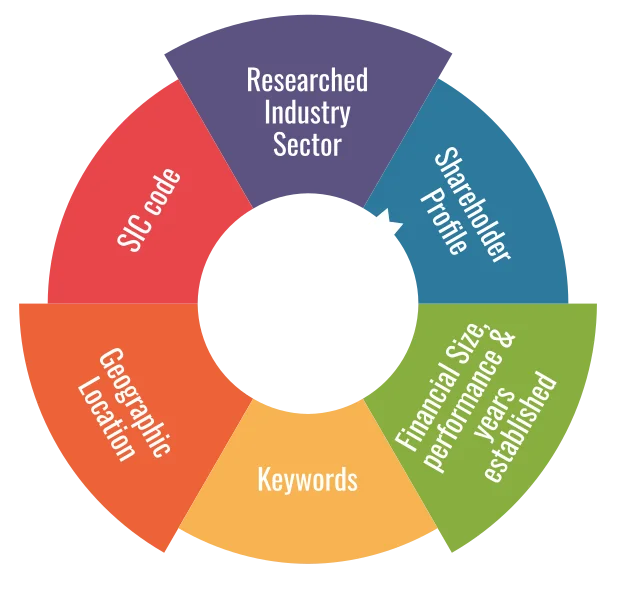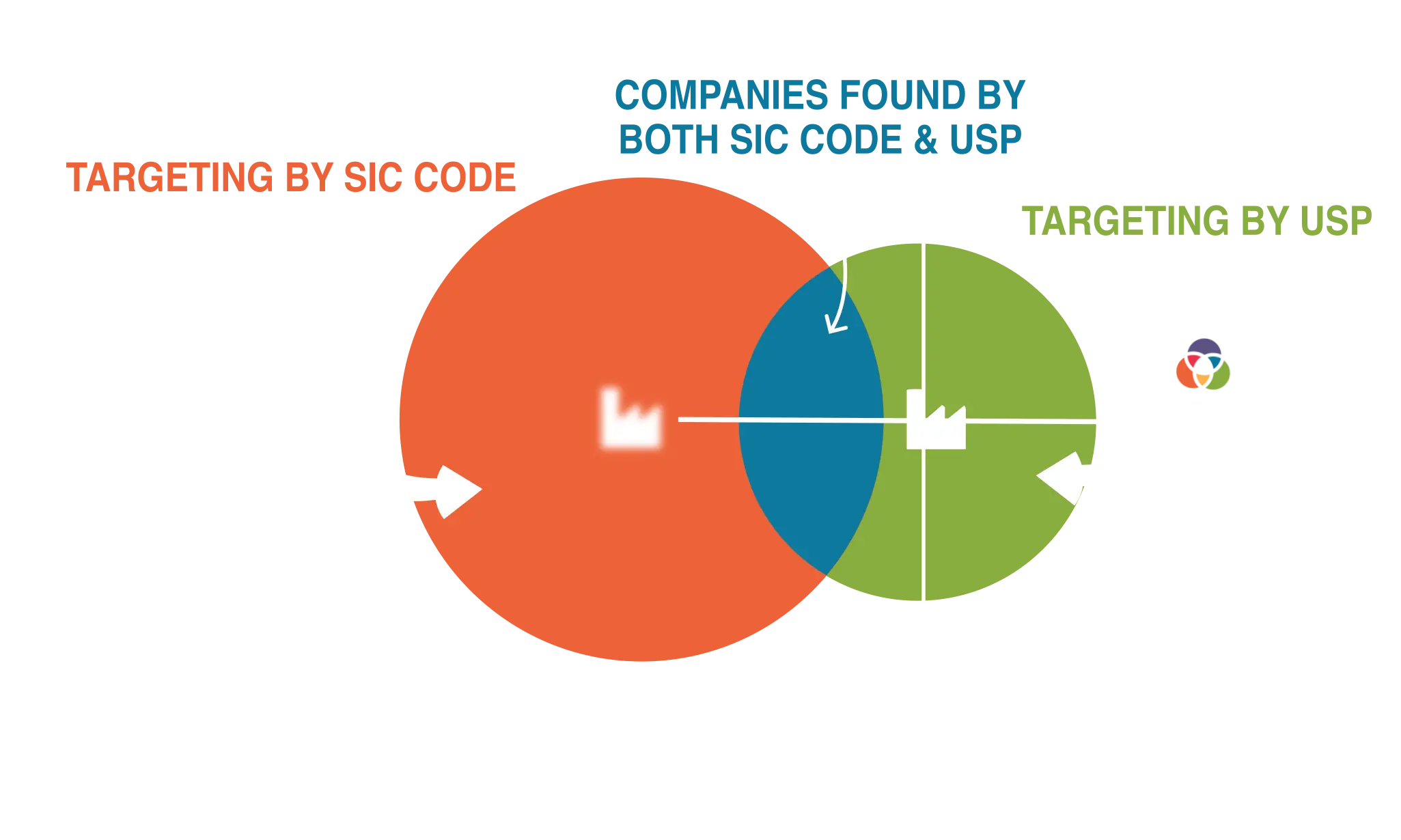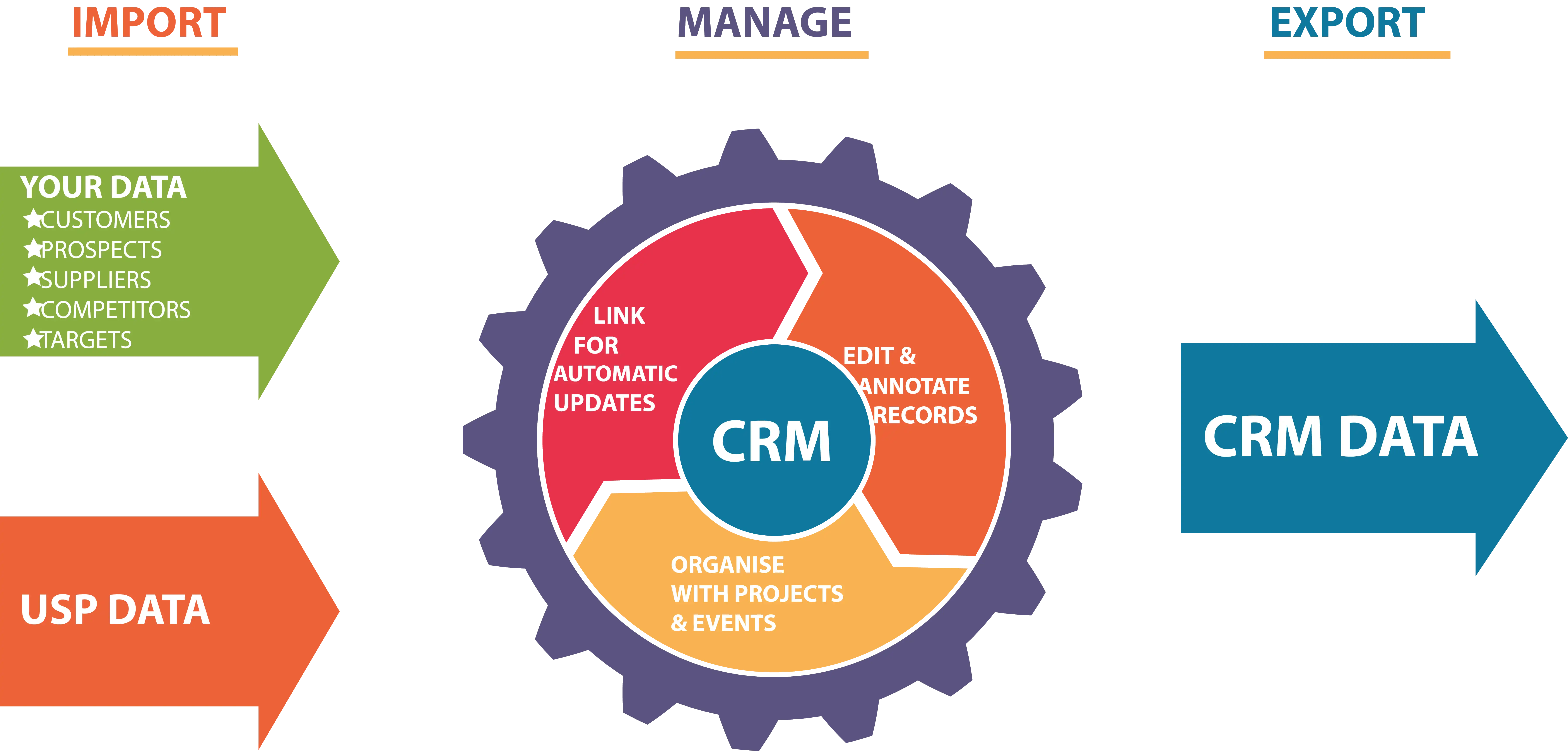
As you know Company Law allows “Small Companies” an option of disclosing less information at Companies House. This means that there is imperfect information in the public domain for SME firms. Companies House is the only verifiable source of financial data on privately held companies. As a result most of the attention is on the companies which do file complete results. Consequently for a company seeking to place itself in the shop window to attract a new owner simply filing complete information will immediately raise the profile.
The since 2016 company law states:
“Small Companies” are defined as those meeting any 2 of these criteria:
- annual turnover must be not more than £10.2 million
- the balance sheet total must be not more than £5.1 million
- the average number of employees must be not more than 50

You can see there is a huge opportunity for SME firms to fly below the radar. The criteria apply across all sectors so in some sectors the major players will be classified as “Small Companies”. As I write this there are for example 1.1+M firms with more than £50K of current assets on balance sheets filed at Companies House but only 158K firms reporting a turnover of the same size. An Advertising Agency could be turning over £100M with 49 employees (and being in a sector where fixed assets had no immediate relevance) will be classified as a “Small Company”. What this means is that simply screening by turnover and profits will exclude many interesting firms from shortlists in many sectors. This problem presents a major opportunity to identify firms with potential using a tool like USP Data to overcome the limitations of Companies House data.
Having the right group of firms in a sector report leads to sensible industry average ratios for measures such as Stock/Sales, Debtors/Sales and Fixed Assets/Sales. These ratios can then be used to estimate a turnover value for the trading firms not actually filing the P&L at Companies House. Of course it’s an estimate, and is based on averages which may not be entirely appropriate (the Fixed Assets/Sales ratio is not much help in our Advertising sector report for example) but it does result in a way to pick up more of the likely candidates in the Turnover range. There are some 1.05M firms with estimated turnover above £100K on USP Data which compares with 140K firms which actually report similar turnover figures at Companies House.
USP Data contains researched sector information which seeks to improve on simple SIC classifications. This is based on 30 years of research of the sectors and typically starts with Industry Association listings. The research aims to find out what the firms actually do and use this knowledge to classify them alongside their peers. Additionally a feedback loop encourages customers in each sector to make suggestions of missing firms in an effort to identify other firms in the sector.
For larger firms or quoted firms identification is not going to be a problem but what is really interesting is that the definition of “Small Companies” says nothing about the profits. Many PE firms which will be looking for investments of sufficient size to “move the needle” in terms of profits but will not be able to find these firms easily using simple screening.
Measures such as changes in retained earnings between years on the Balance Sheet will provide an indication of profitability. Retained earnings going up will mean profits but because any dividend paid is also likely to be undisclosed it is not possible to say that other changes reflect losses or even lack of profits.

Net Worth changes between years are useful in seeing how the company is being managed: Growing firms in sectors with potential might still be of interest even if profits themselves are not present since these profits may be being re-invested in that growth with a view to bigger future shareholder benefits.
A sector based approach is going to be the answer here ie using sector norms to spot the firms currently filing only a balance sheet but actually likely to be meeting the requirements for profits or turnover. Even better to spot the firms growing in the sectors of interest before they are spotted by alternative buyers. You might expect a better deal if such “Off Market” and “Off Radar” firms can be identified, and acquired rather than if a competitive situation developed with many buyers. So a tool like USP Data designed to accurately classify firms by sector and then spot the trends and results indicating potential will be key. Particularly such a specialised tool that not many other folk are using – you might expect the same answers as everyone else if everyone is using the same tool but it is always likely to be a key advantage to be first to spot the potential.
Conclusion
Because of the imperfect financial information available for SME firms, sector information especially averages and trends will be a key way to identify opportunities which might otherwise be overlooked.
Contact us now to find out how USP Data can help unlock opportunities hidden in abbreviated accounts
Latest articles
Enhancing Acquisition Success through Effective Business Segmentation

In the dynamic landscape of mergers and acquisitions (M&A), the process of business segmentation emerges as a critical component for identifying and evaluating potential targets. Business segmentation within the context of acquisitions involves the strategic categorization of target companies based on various criteria such as financial performance, geographic presence, industry sector, and shareholder profile. This…
Continue reading...Maximizing Business-to-Business Market Segmentation with Comprehensive Data

Understanding your target market is crucial for success in today’s ever-changing business environment. For B2B companies, effective market segmentation serves as the cornerstone of strategic decision-making and customer engagement. However, achieving precision targeting requires more than just surface-level insights. It demands leveraging comprehensive data, including researched industry sector reports, to optimize Business to Business market…
Continue reading...Leveraging Industry-Leading Firmographic Data Selections for Efficient Business Segmentation

Business segmentation plays a crucial role in tailoring marketing strategies, identifying target markets, and optimising resource allocation. However, the sheer volume of available data can overwhelm businesses, making it challenging to extract actionable insights efficiently. In this context, leveraging industry-leading firmographic data selections, encompassing SIC codes, researched listings, financial parameters, geographic parameters, keywords, and shareholder…
Continue reading...Enhancing Accuracy in Target Market and Market Segmentation: The Superiority of Researched Industry Sector Listings Over SIC Code Classifications

While Standard Industrial Classification (SIC) codes have traditionally served as a basis for industry classification, their limitations in accuracy, especially in a dynamic business environment, have become increasingly apparent. This article delves into the advantages of researched industry sector listings over SIC code classifications, with a focus on improving accuracy in classification. It examines how…
Continue reading...Find Company Information quickly with the USP Data App

Accelerating Deal Origination Deal Origination is made easier with the USP Data app. Because the universe of live UK companies is large we have included industry leading firmographic data selection tools to help you sift this mass of data to find company information you can rely on. The idea is that you can quickly screen…
Continue reading...Unveiling the Power of Niche Market Identification for Business Success

In a competitive SME business landscape, understanding and identifying relevant market niches is key. Of the 5 million plus limited companies live at Companies House there are probably only 1.7 million or so that are not dormant, intermediate holding companies or property management firms. This is still a considerable number to trawl through when attempting…
Continue reading...Converting your research to useful analysis

Just as a carpenter needs a saw in the toolbox to be taken seriously, anyone researching UK companies needs a tool like USP Data. Access to the latest information in an intuitive format is a pre-requisite if progress from research to analysis is to be swift. The definitive analysis of the list of suitable companies…
Continue reading...Shareholder Screening Guide

Shareholder profile can now be used as an additional screening criteria directly. SO the usual financial, geographic and sector seclections become subject to the selected shareholder profile such as age, and percentage of the shares. Using the templates you can extract the mailing addresses for the main shareholders for the shortlist of companies of interest…
Continue reading...Crm Upgrade Guide

The CRM has received a significant upgrade in the latest edition of USP Data. The CRM remains the best place to save your work. CRM projects can be viewed directly on the list view and exported or pushed through one of the new templates you are able to define. A big change is the manner…
Continue reading...Data Templates Guide

Templates are a new addition to USP Data. The idea is that any data displayed in the List View can be viewed or exported using a template which you can define to exactly suit your purposes: You can select the exact data of interest from USP Data You can order the columns in the template…
Continue reading...Find Firm Improvements Guide

The Find a Firm side tab which provides access to the latest information on all the live companies at Companies House has been improved by: Allowing the search returns to run to 10,000 records rather than just 300 Listing the SIC code report as well as the researched report in which each company is listed…
Continue reading...High Quality Keyword Search

Using keywords can be a great to identify the companies likely to be of interest. Of course the quality of the data being searched needs to be high and even then care needs to be taken if keyword searches are to result in useful suggestions. The latest update to USP focuses on adding powerful options…
Continue reading...How to make Due Diligence easy

Assessment of business plans, corporate acquisitions or disposals and refinancing will all require due diligence investigations to confirm the facts being represented in the matter under consideration. This will require a tool or series of tools which allow an independent audit of the information being presented so that it may be confirmed in both hard…
Continue reading...Lead Building – sifting the wheat from the chaff

The sales funnel is a familiar concept which tracks the conversion of new contacts from suspects to leads to prospects and then to customers. This is typically represented as a cone with lots of leads being fed into the top of the cone and a much smaller number of customers resulting at the bottom. The…
Continue reading...Valuing Companies Guide

Valuation is a tricky business! In a world of perfect information all risks are known, alternatives can be compared with certainty and cashflows can be discounted to provide the value of a firm. AI could be used to accurately land on a valuation which accounted for all the factors. It is clear that such perfect…
Continue reading...